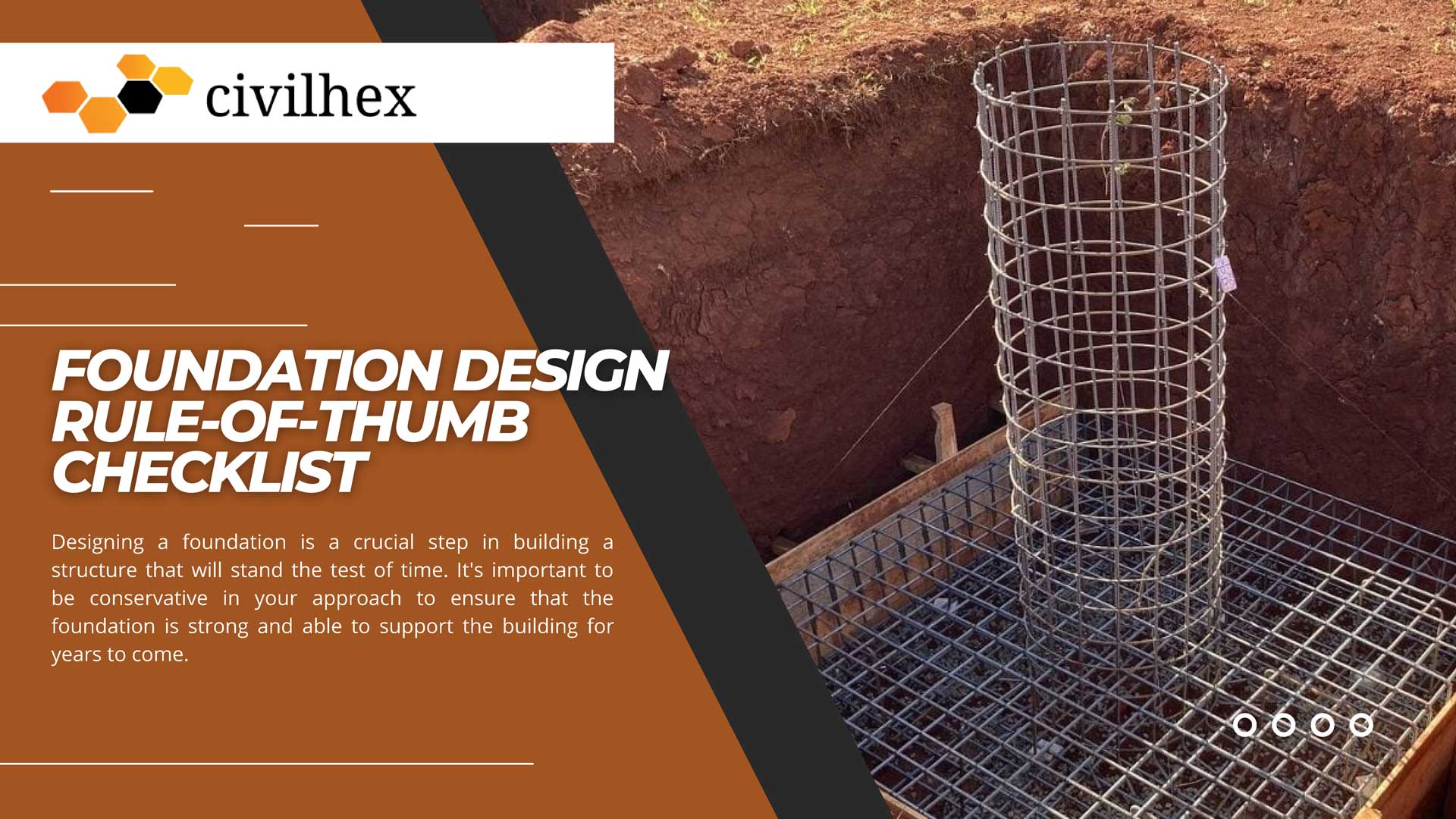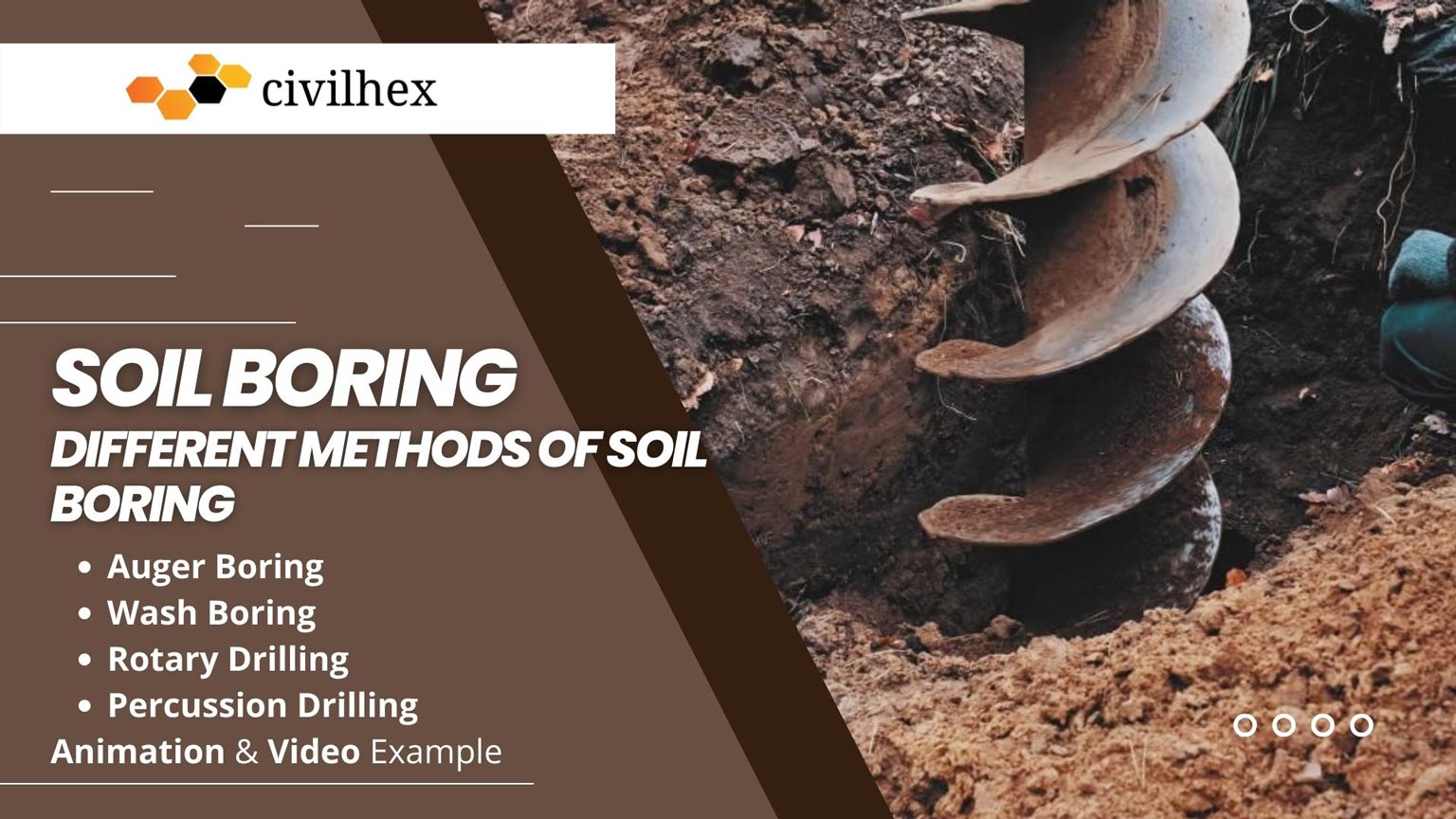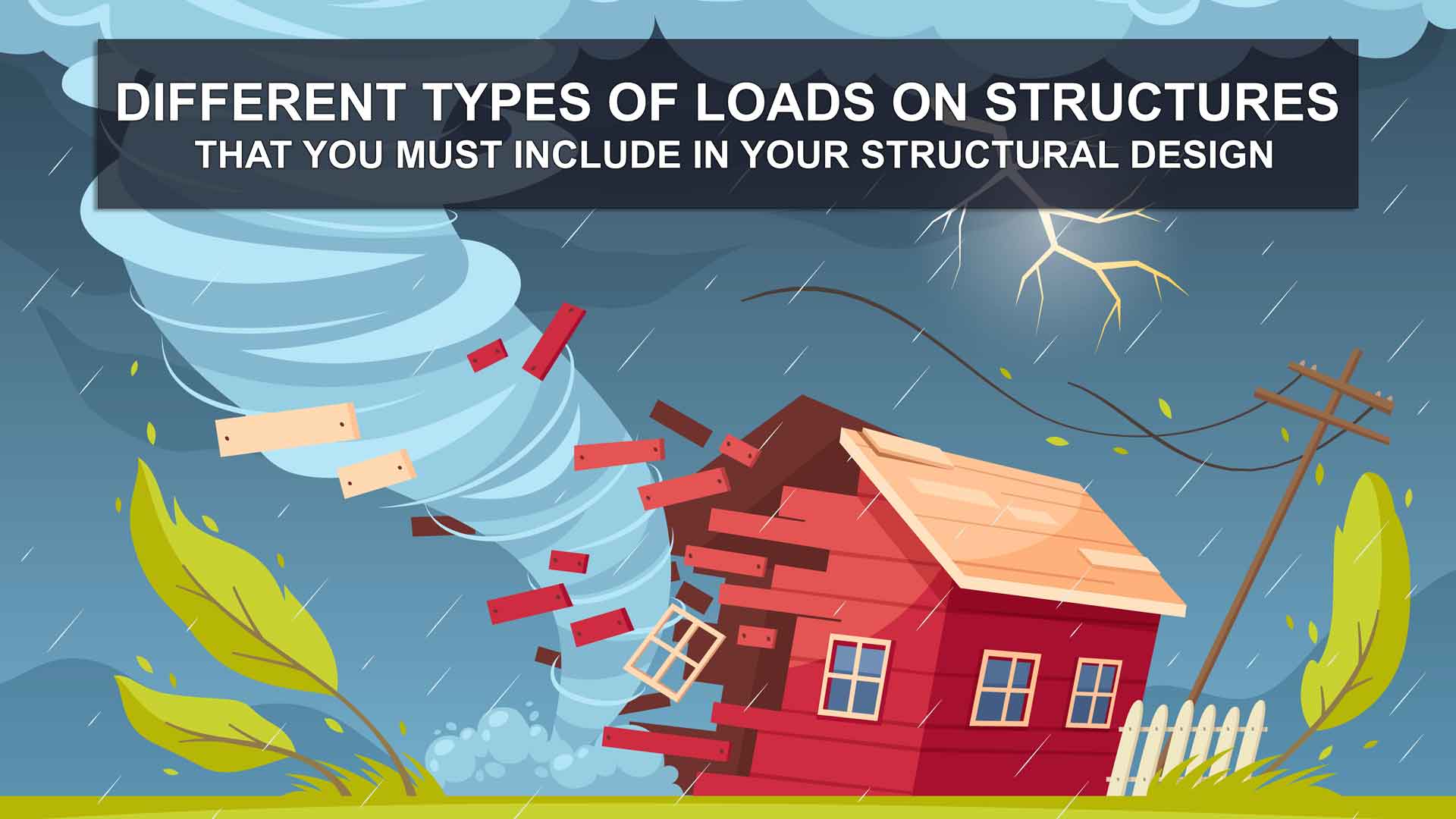Foundation Design Rule-of-Thumb Checklist

Foundation Design Rule-of-Thumb Checklist
Designing a foundation is a crucial step in building a structure that will stand the test of time. It’s important to be conservative in your approach to ensure that the foundation is strong and able to support the building for years to come. Here are some key considerations to keep in mind when designing your foundation:
1. Choose the right location: Make sure to place the bottom of the footing below the frost line on solid, undisturbed soil that is free of organic material. (Your local codes will specify the required frost line depth.)
2. Reinforce for strength: Use continuous horizontal rebar in the footing and at the top of the foundation walls. You can also tie the footing and wall together with vertical rebar. In areas prone to earthquakes or hurricanes, be sure to follow specific anchoring requirements as outlined in local codes.
3. Secure wood members: Tie wood members to the foundation with bolts or straps embedded in the foundation. This will help to ensure that the structure is stable and secure.
4. Proper drainage is essential: Make sure to provide adequate drainage around the foundation. Slope the backfill away from the building and keep soil at least 6 inches below all wood.
5. Don’t skimp on details: Use pressure-treated or other decay-resistant wood in contact with concrete. If you’re using pressure-treated lumber, be sure to use hot-dip galvanized straps, hangers, and fasteners, or protect them with a moisture barrier to prevent degradation from the preservative chemicals. Use a moisture barrier between all concrete and untreated wood.
In addition to these minimum requirements, there may be additional measures that need to be taken based on local codes and site conditions. These could include support for loads that don’t fall at the perimeter wall (such as point loads and porches/decks), insulation and moisture barriers, waterproofing and drainage, protection against termites and other insects, and precautions against radon gas. By following these guidelines, you’ll be well on your way to designing a foundation that is strong, durable, and able to support your building for years to come.





Responses